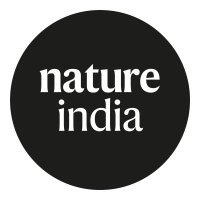
Subhra Priyadarshini
@subhrapr
Science scribe, podcaster, multimedia dabbler, AI explorer, keen birder, Chief Editor @NatureInd. Stress-averse, believe in kindness and civil discourse.
ID: 63691393
http://www.nature.com/natureindia 07-08-2009 11:12:22
4,4K Tweet
2,2K Followers
361 Following








India now ranks 3rd globally in life science retractions. India's university rankings will now penalize institutions with too many pulled papers. But will this fix the problem? 🧵 I report on retractions, reform & unintended consequences for Nature India bit.ly/4l7C0HH







The importance of science journalism in the age of pandemics, climate change and AI disruptions - part of this weekly round up podcast by Nature India hosted by Subhra Priyadarshini #sciencenews #sciencejournalism #scicomm nature.com/articles/d4415…

🔴Ivermectin hype during COVID-19 showed what happens when newsrooms prioritize hype over process. 🔴It’s time for structural reforms that better equip reporters, and place science at the core of journalism. 📎Read more: go.nature.com/47b4Nru World Federation of Science Journalists #NatureIndia


💊 Glowing nanoparticles target breast and cervical cancer cells, deliver chemotherapy while sparing healthy tissue, and light up tumors opening new possibilities for tracking cancer growth. Find out more: go.nature.com/4obtk5U Indian Association for the Cultivation of Science #NatureIndia





